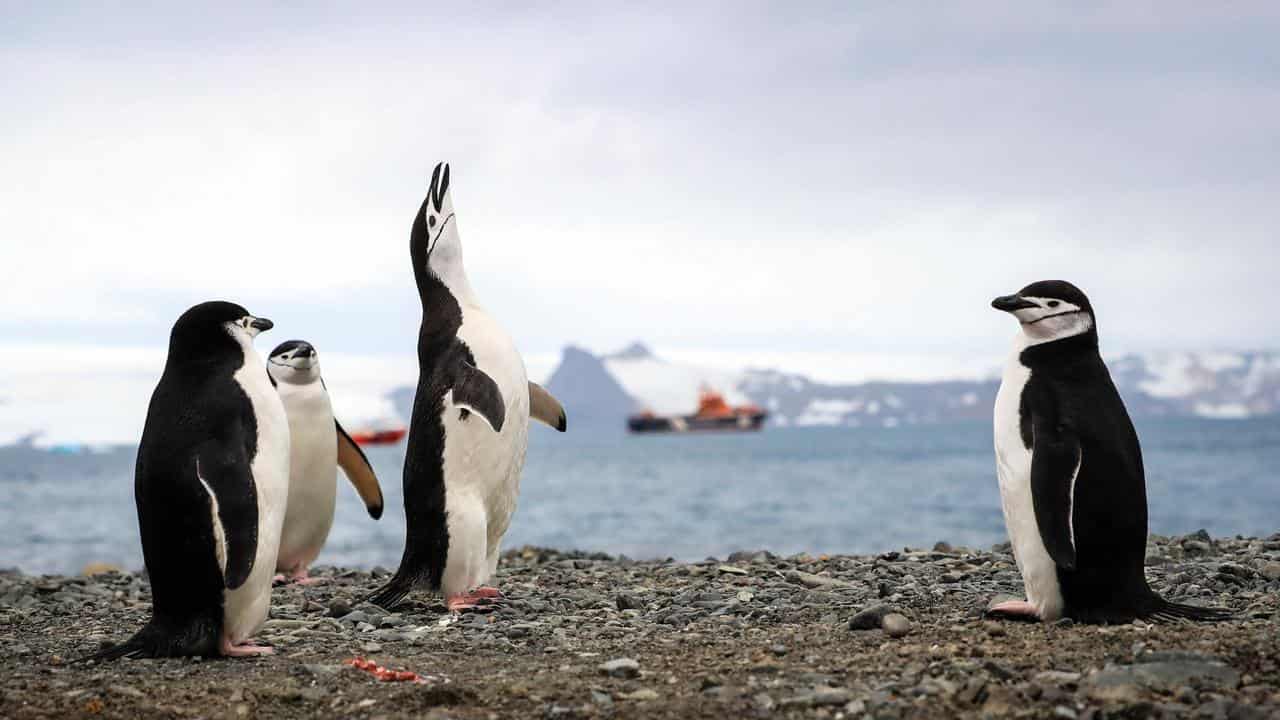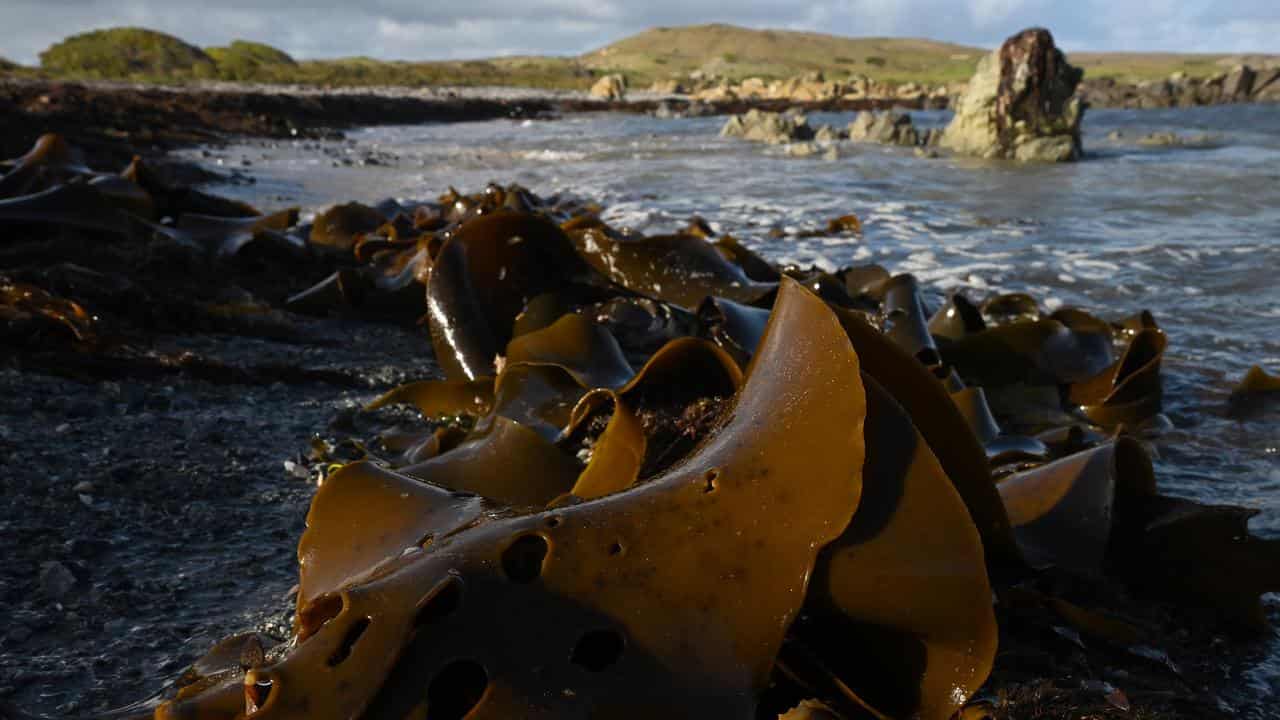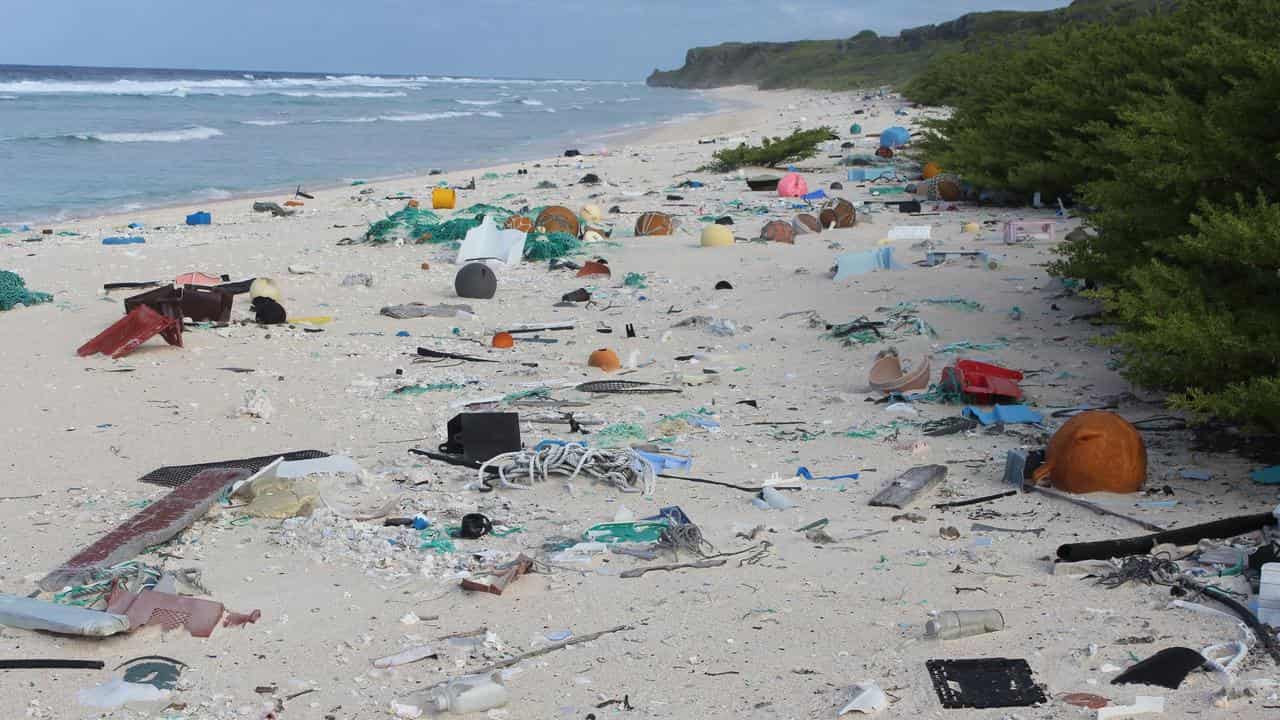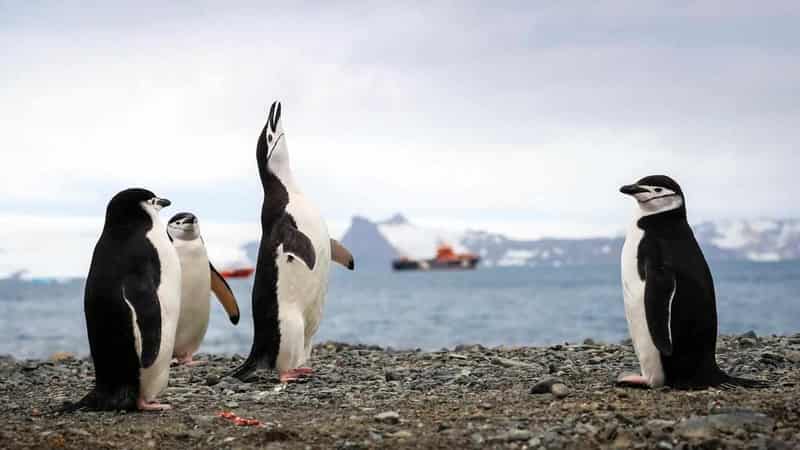
Antarctica’s unique ecosystems may be under threat by the arrival of non-native species and marine pollution from Southern Hemisphere landmasses.
Oceanographic modelling shows floating objects can reach the frozen continent from more sources than previously thought.
This could pose a significant biosecurity risk to the ecology of the region, particularly as warming weakens environmental barriers to colonisation, Australian and New Zealand scientists warn.
“An increasing abundance of plastics and other human-made debris means there are potentially more opportunities for biota to reach Antarctica,” according to former UNSW PhD student, Hannah Dawson, who is now based at the University of Tasmania.
Crustaceans, bivalves, molluscs, gastropods, sponges, bryozoans, echinoderms and other small, non-native marine creatures could reach the southern pole by hitchhiking on floating objects such as kelp, driftwood, pumice and plastic, she said.
“We knew kelp could raft to Antarctica from sub-Antarctic islands, such as Macquarie and Kerguelen Islands.
"But our study suggests floating objects can reach there from much further north, including South America, New Zealand, Australia, and South Africa."

University of Otago co-author, Professor Crid Fraser, said kelp could deal Antarctica a potential double whammy.
“Southern bull kelp and giant kelp are very big, often more than 10m long, and create forest-like habitat for a lot of small animals, which they can carry with them on the long rafting trips,” she said.
“If they colonise Antarctica, marine ecosystems there could change dramatically.”
Using modelled surface current and wave data to simulate dispersal pathways, the team tracked floating debris between 1997 and 2015.
“We were able to analyse how frequent these rafting connections are ... across 19 years of differing oceanographic conditions,” said Australian National University's Dr Adele Morrison.
“We found rafting objects reached the Antarctic coastline in each of the years simulated.
"There seems to be a constant bombardment of anything that floats - whether it’s kelp or a plastic bottle.”
Dr Dawson likened the process to the game Poohsticks from children’s classic Winnie the Pooh.
“Imagine dropping a stick into a river and then running downstream to see where it ends up," she said.
"That’s essentially what we do with our modelling, using simulated ocean currents, instead of a river.”

Millions of virtual particles representing drift objects were released from each of the land masses and their trajectories were traced.
The shortest time it took for them to reach the Antarctic coastline was from Macquarie Island, south of New Zealand, some of which arrived in just under nine months. The longest journey was for objects released from South America.
The research also sheds light on which regions of Antarctica are most at risk.
“Most of these rafting objects arrive at the tip of the Antarctic Peninsula, a region with relatively warm ocean temperatures and often ice-free conditions," according to UNSW professor Matthew England.
"These factors make it a likely area for non-native species to first establish.”
The dramatic drop in Antarctic sea ice over recent years makes these rafting connections particularly concerning.
“Sea ice is very abrasive and acts as a barrier for many non-native species to successfully establish around Antarctica,” Dr Dawson said.
“If the recent decline ... continues, living things floating at the surface or attached to floating objects, could have an easier time colonising the continent, which may have big impacts on ecosystems.”









